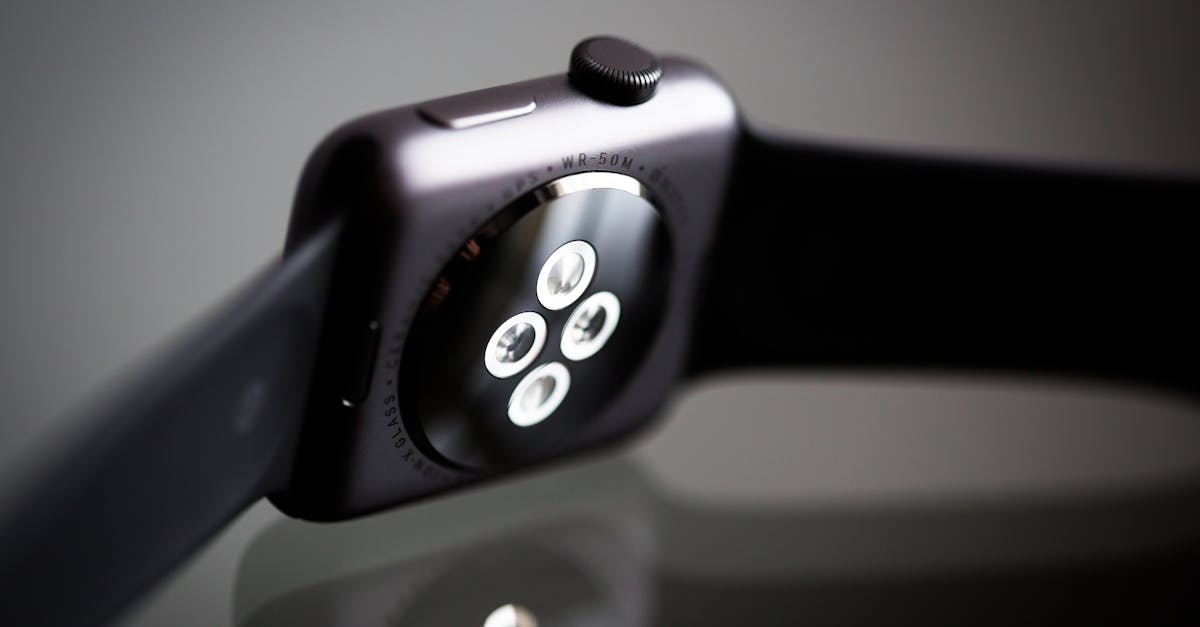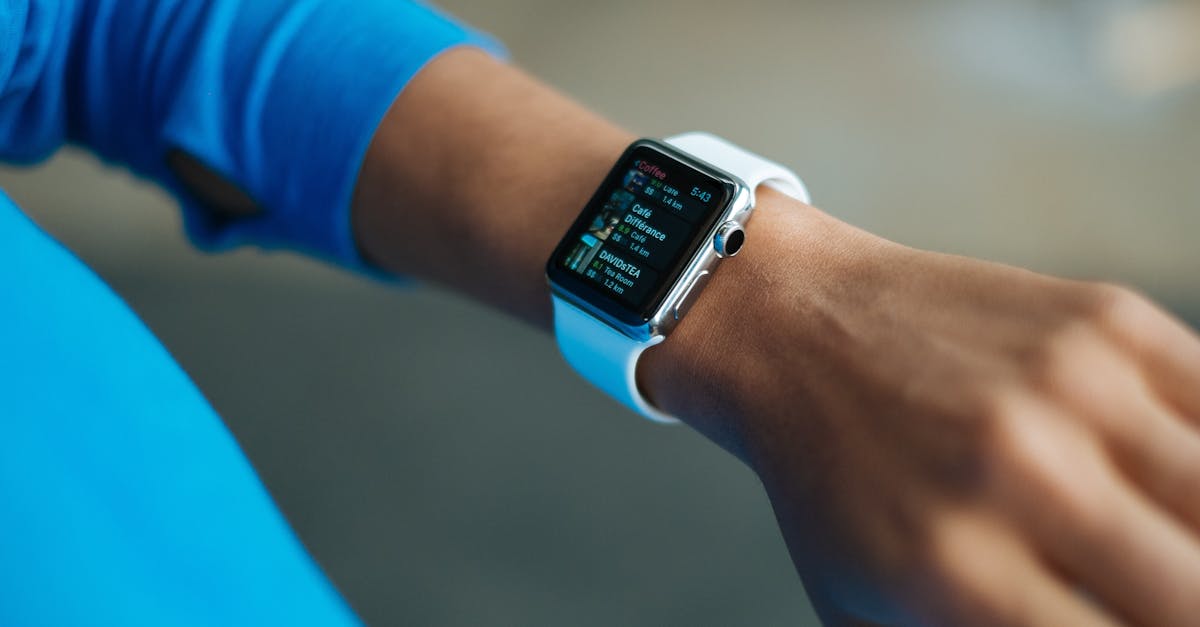Unveiling the Visual Symphony of AMOLED Watches

Dive into the world of AMOLED watches, where vibrant colors, deep blacks, and captivating visuals come to life. These timepieces elevate your wrist game with stunning displays that offer an immersive experience like never before. AMOLED technology has revolutionized the watch industry, and in this article, we’ll delve into its captivating features, explore its advantages over other display technologies, and showcase some of the top AMOLED watch models that redefine timekeeping. So, fasten your virtual seatbelt and prepare to be mesmerized by the brilliance of AMOLED watch technology.
1. What is AMOLED Technology?

AMOLED (Active-Matrix Organic Light-Emitting Diode) technology is a cutting-edge display technology that has taken the world of electronics by storm. It’s commonly found in high-end smartphones, TVs, and even smartwatches. AMOLED displays are known for their exceptional image quality, with vibrant colors, deep blacks, and wide viewing angles.
Unlike traditional LCD screens that use a backlight to illuminate the display, AMOLED displays use organic light-emitting diodes (OLEDs) that emit their own light. Each pixel in an AMOLED display is made up of a tiny OLED that can be individually controlled, allowing for precise control over the image. This results in stunning visuals with high contrast ratios and accurate color reproduction.
AMOLED displays are also incredibly thin and flexible, making them ideal for use in sleek and lightweight devices like smartwatches. They also consume less power than traditional LCD screens, which helps extend battery life. Overall, AMOLED technology offers a superior visual experience that’s unmatched by other display technologies.
2. Advantages of AMOLED Watches
AMOLED watches offer a range of advantages that make them stand out from other smartwatch displays. Here are some of the key benefits:
-
Enhanced color accuracy and vibrancy: AMOLED displays are known for their exceptional color reproduction. They can produce a wider range of colors than traditional LCD screens, resulting in more vivid and lifelike images. This makes AMOLED watches ideal for viewing photos, videos, and other visual content.
-
Improved contrast ratio and deeper blacks: AMOLED displays have a much higher contrast ratio than LCD screens. This means that blacks appear deeper and more defined, creating a more immersive viewing experience. This is especially noticeable in low-light conditions or when watching movies and videos.
-
Wider viewing angles: AMOLED displays offer wide viewing angles, so you can see the screen clearly even when it’s not directly in front of you. This is a big advantage for smartwatches, as you often need to glance at them quickly while on the go.
-
Reduced power consumption: AMOLED displays consume less power than traditional LCD screens. This is because each pixel in an AMOLED display is individually controlled, so only the pixels that are needed are illuminated. This can help extend the battery life of your smartwatch, especially if you use it frequently for visually demanding tasks like watching videos or playing games.
3. AMOLED vs. Other Display Technologies
AMOLED technology stands out from other display technologies used in watches, such as LCD (Liquid Crystal Display) and TFT (Thin-Film Transistor). Here’s a brief comparison of their key differences:
-
Color accuracy and vibrancy: AMOLED displays offer superior color accuracy and vibrancy compared to LCD and TFT displays. They can produce a wider range of colors, resulting in more vivid and lifelike images.
-
Contrast ratio and black levels: AMOLED displays have a much higher contrast ratio than LCD and TFT displays. This means that blacks appear deeper and more defined, creating a more immersive viewing experience. This is especially noticeable in low-light conditions or when watching movies and videos.
-
Viewing angles: AMOLED displays offer wider viewing angles than LCD and TFT displays. This means that you can see the screen clearly even when it’s not directly in front of you. This is a big advantage for smartwatches, as you often need to glance at them quickly while on the go.
-
Power consumption: AMOLED displays consume less power than LCD and TFT displays. This is because each pixel in an AMOLED display is individually controlled, so only the pixels that are needed are illuminated. This can help extend the battery life of your smartwatch, especially if you use it frequently for visually demanding tasks like watching videos or playing games.
Overall, AMOLED technology offers several advantages over LCD and TFT displays, making it the preferred choice for high-end smartwatches that demand exceptional visual performance and efficiency.
4. Top AMOLED Watch Models
When it comes to AMOLED smartwatches, there are several popular and highly-rated models from leading brands. Here are a few examples:
-
Apple Watch Series 8: The Apple Watch Series 8 is a top-of-the-line smartwatch with a stunning AMOLED display. It offers a wide range of features, including fitness tracking, health monitoring, and smart notifications. It’s also known for its seamless integration with other Apple devices.
-
Samsung Galaxy Watch 5: The Samsung Galaxy Watch 5 is another excellent choice for an AMOLED smartwatch. It boasts a beautiful display, powerful performance, and a comprehensive set of features. It’s a great option for both fitness enthusiasts and tech lovers.
-
Garmin Venu 2 Plus: The Garmin Venu 2 Plus is a premium smartwatch designed for fitness-conscious users. It features a bright and vibrant AMOLED display, along with advanced health tracking capabilities and sports modes. It’s a great choice for athletes and outdoor enthusiasts.
-
Amazfit GTR 4: The Amazfit GTR 4 is a stylish and affordable AMOLED smartwatch. It offers a long battery life, a variety of health tracking features, and a classic watch design. It’s a great option for those who want a sleek and functional smartwatch without breaking the bank.
These are just a few examples of the many great AMOLED smartwatches available on the market. When choosing a model, consider your specific needs and preferences, such as fitness tracking capabilities, smart features, battery life, and design.
5. Future of AMOLED Watches
The future of AMOLED watches is bright, with exciting advancements and trends on the horizon:
-
Flexible and foldable displays: Flexible and foldable displays are becoming increasingly popular in the smartwatch industry. These displays allow smartwatches to be more compact and durable, and they open up new possibilities for design and functionality. For example, a smartwatch with a foldable display could be folded in half to fit into a smaller space, or it could be wrapped around the wrist for a more comfortable fit.
-
Improved energy efficiency: AMOLED displays are already known for their low power consumption, but future advancements promise to improve energy efficiency even further. This will lead to longer battery life for smartwatches, which is a key concern for many users.
-
Novel applications and use cases: As AMOLED technology continues to evolve, we can expect to see new and innovative applications and use cases for smartwatches. For example, AMOLED displays could be used to create smartwatches that can project images or videos onto a surface, or they could be used to develop smartwatches that can monitor health metrics more accurately and effectively.
Overall, the future of AMOLED watches looks very promising. With ongoing advancements in display technology, energy efficiency, and novel applications, AMOLED smartwatches are poised to become even more versatile and indispensable devices in our lives.
What are the main advantages of AMOLED watches?
AMOLED watches offer several advantages over other smartwatch displays, including enhanced color accuracy and vibrancy, improved contrast ratio and deeper blacks, wider viewing angles, and reduced power consumption.
Which smartwatch brands offer the best AMOLED displays?
Leading smartwatch brands like Apple, Samsung, Garmin, and Amazfit offer excellent AMOLED displays in their respective smartwatch models.
How do AMOLED watches benefit fitness enthusiasts?
AMOLED smartwatches can be highly beneficial for fitness enthusiasts as they often feature advanced health tracking capabilities, such as heart rate monitoring, sleep tracking, and activity tracking. Additionally, their bright and vibrant displays make it easier to view fitness data and metrics during workouts.
What are the potential future applications of AMOLED technology in smartwatches?
Future advancements in AMOLED technology could lead to new and innovative applications in smartwatches. For instance, flexible and foldable AMOLED displays could enable smartwatches with unique form factors and enhanced durability. Improved energy efficiency could result in longer battery life, making smartwatches even more convenient and reliable.
How should I choose the right AMOLED smartwatch for my needs?
When selecting an AMOLED smartwatch, consider factors such as your desired features and functionalities, display quality, battery life, design preferences, and budget. Research different models from reputable brands and read reviews to make an informed decision.




